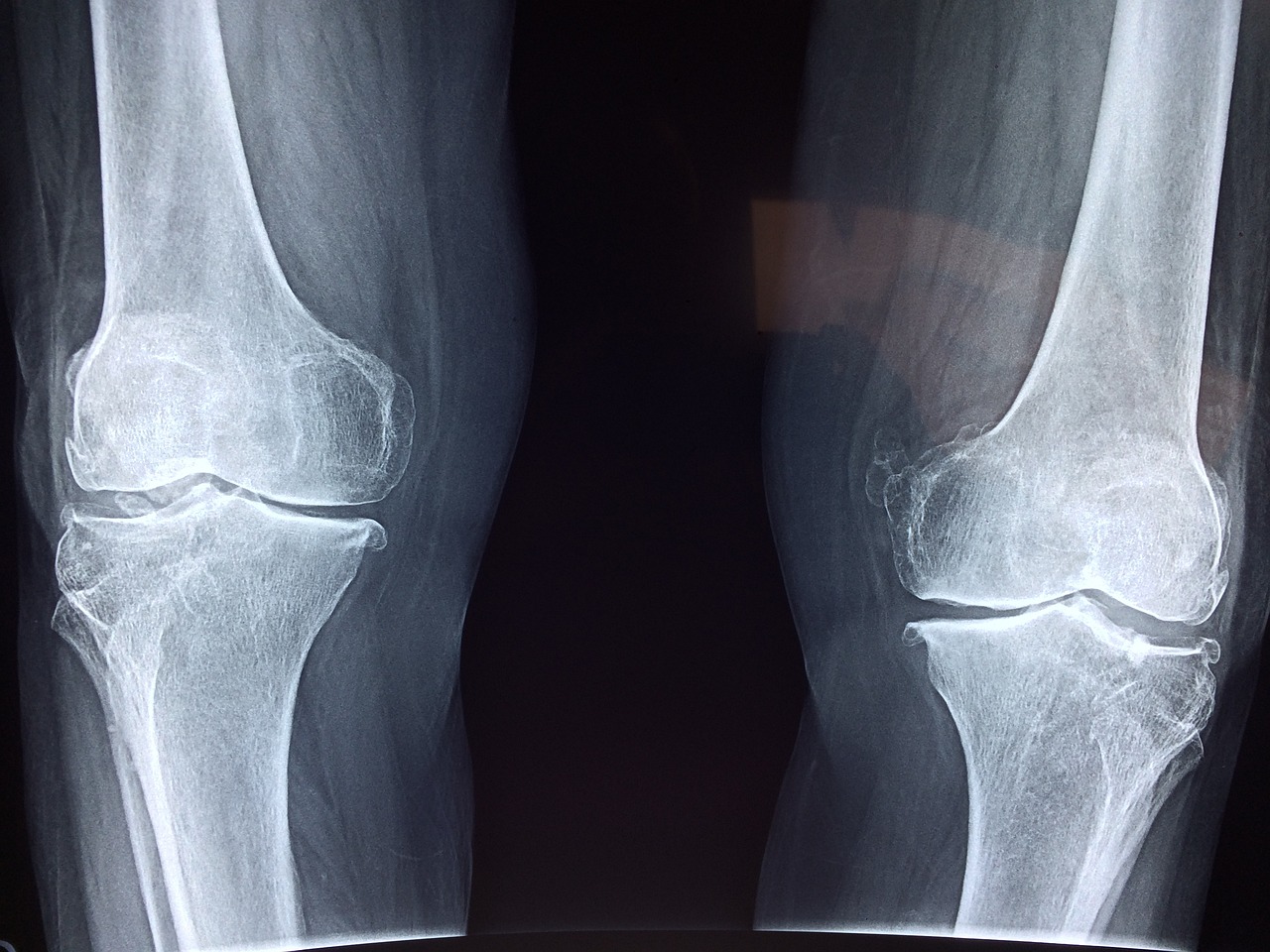Article Title:Exploitation and management of the olive tree during prehistoric times in Mediterranean France and Spain
Abstract:
During tree growth and development, wood cells created in the cambium are lignified and undergo maturation. During this process, deformations may appear, which are recognizable by specific anatomical features, observed under the microscope. In the case of olive (Olea europaea L.) wood, immature wood from small branches and twigs shows distinct growth rings which become undistinguishable in mature wood from old branches and trunks. In comparison to a reference collection of woody samples, an anatomical survey of growth rings is performed on charcoal from three archaeological sites (Cova de I'Esperit and Montou, France; Cova de les Cendres, Spain). Using statistical analyses, change in the frequency of charcoal from immature and mature wood allows us to reconstruct the evolution of olive exploitation. Three phases have been distinguished. The first phase, occurring in the Mesolithic, is characterized by an exclusive exploitation of young branches and twigs for firewood (immature wood). In the second phase, during the Neolithic, frequencies in charcoal from immature and mature wood are approximately equal, olive populations seem to be mor intensively exploited and the trees are almost entirely cut. The third phase, the Bronze Age, is characterized by a significant increase in charcoal from immature wood. This change in frequencies may reflect a new type of olive exploitation during this period. Management of olive populations consistent with intentional and selective pruning practices may have been applied by man to rejuvenate olive trees in order to favour flowering and fruit production.
Keywords: Olea Europaea; maturation of wood; charcoal; prehistory; exploitation; management
DOI: 10.1006/jasc.1999.0444
Source:JOURNAL OF ARCHAEOLOGICAL SCIENCE
Welcome to correct the error, please contact email: humanisticspider@gmail.com



